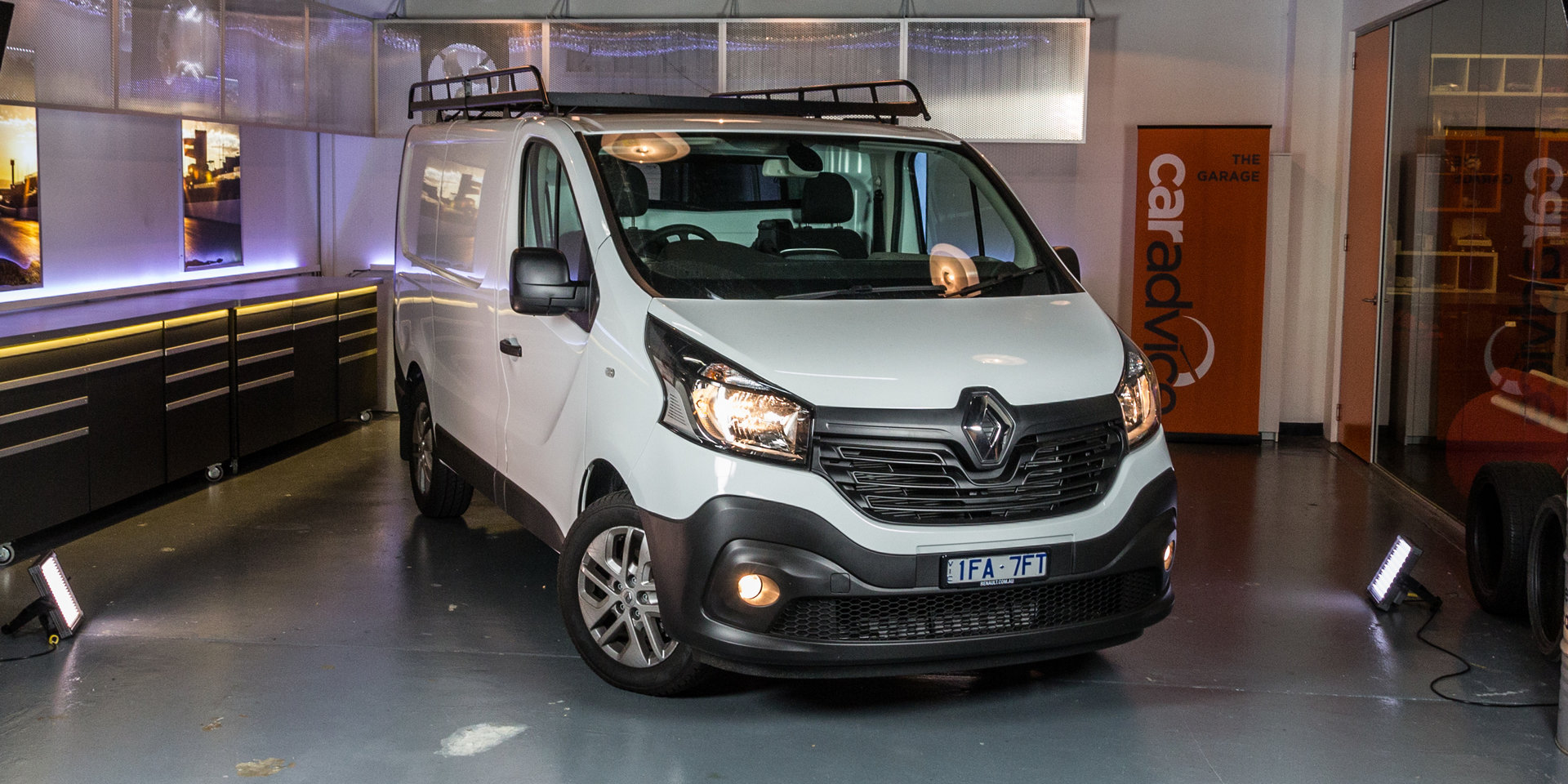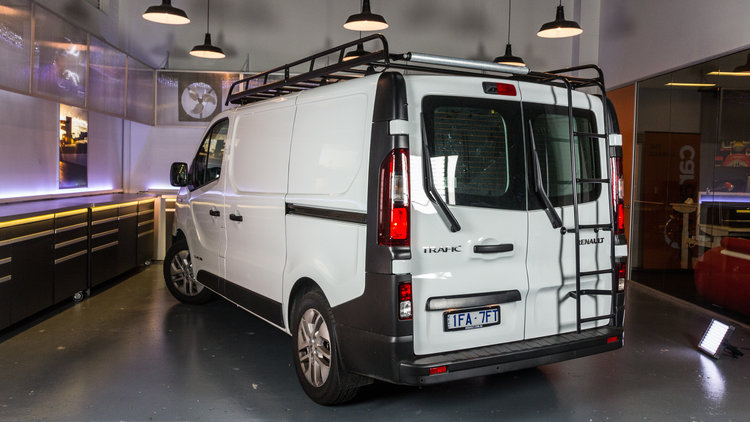So you just bought a new car. Congratulations!
You’re thrilled with your new ride and you want to look after it – but when you lift the bonnet you can’t help feeling a little overwhelmed. Where do you even start?
There’s no denying that cars are getting more and more complicated every year, which makes them ever harder for the regular person to maintain. But the good news is that there are still lots of things you can do yourself to keep your vehicle in peak condition between your regular services.
The simple car care tips in MotorCartel’s quick car maintenance checklist can save you big dollars every year. And best of all, they don’t require tools, specialised knowledge, or the expensive services of mechanics and workshops.
So if you’re keen to learn basic car maintenance skills so you can give your new wheels the care it deserves, then this is the article for you!
Maintain engine oil levels
Always keep the oil level up to the ‘maximum’ mark on the dipstick. The more oil there is in your engine, the longer the oil will take to degrade – providing better lubrication for the engine and making it last longer. Don’t go overboard though! The markers are there for a reason, so always fill up as the dip-stick indicates and no more.
Protect the cooling system
Keep the liquid in your radiator topped up to a maximum, and the reservoir bottle topped up to half way between its indication markers. The radiator is an air-tight component, so as the coolant heats up and expands the overflow spills into the reservoir, and as the liquid cools back down it contracts and sucks the coolant back into the radiator. Theoretically it’s possible to fill the radiator up via the reservoir overflow bottle, as long as you never let it go empty, but it’s better to check both just in case.
Oh, and do make sure you only ever fill the radiator when the engine is cooled, not straight after using the car, as pressure can form in the radiator under heated conditions. If you open the cap too soon you could end up with a jet of boiling liquid and steam in your face!
It’s a good idea to use coolant rather than straight water in your radiator. Coolant liquid has a higher boiling point than regular water, so it keeps the engine at the right temperature more efficiently and maintains the engine integrity for longer.
There are variant coolants that allow water and coolant mixes, but it’s wise to use the type suggested in the car’s manual, or one recommended by your local mechanic.
Protect the fuel system
Keep the fuel tank full at all times. This reduces evaporation and prevents the formation of condensation, which forms inside the fuel tank and causes surface rust on the interior walls. If this happens fine rust particles will eventually mix in with the fuel pump, prematurely clogging your fuel filters and blocking or damaging the fuel injectors.
So remember, the fuller the petrol tank remains, the better your cars fuel systems will serve you over the long haul.
You should also consider adding in a bottle of good quality fuel system cleaner at least twice a year, this helps to remove the gums and varnishes that form naturally in the pipes which can lead to fuel injector failures.
Protect the battery
It’s a good idea to neutralise battery acid accumulations periodically, by pouring a solution of food-grade baking soda and luke-warm water over each individual terminal. Ensure you’re wearing proper protective gloves whilst doing so and carefully wipe the battery terminals clean with a rag. Be sure to dispose of the rags safely afterwards.
Keeping the battery clean prevents current leakage through the dust, acid, and grime that builds up on your terminals and conducts electricity in damp or wet conditions. This will increase its lifespan.
Maintain tyre pressure
Check the pressure in your tyres at least once a month when the tyres are cold. Check the user manual, the inside of your car door or the side of the tyres for the correct pressure.
Maintaining correct tyre pressure saves fuel, extends tyre life and reduces wear on your steering and suspension components.
Protect the bodywork
Thoroughly clean your car and then apply a good quality, silicon-based car wax to the entire outside surface at least once every six weeks. Wax forms a thin film layer on the paintwork that protects the paint against the fading effects of the sun. It also protects it against rust formation caused by salt spray in coastal areas, as well as the effects of acidic pollutants in the atmosphere, particularly in city regions. These pollutants can eat through paint to attack the metal of the bodywork, eventually allowing rust to set in as the paint protecting the metal begins to degrade.
You may have noticed that we don’t suggest polishing your car. It’s actually not a good idea to polish your car too often, it is in fact an abrasive action that slightly grinds away the top layer of your paint each time, exposing the fresh new shiny paint underneath. As good as it makes the car look, do it too often and you’ll eventually end up grinding away your paint!
We recommend polishing only once every couple of years, and then protecting that great shine with the use of a good quality wax.
Protect the windscreen and wipers
Make sure you add some pH-neutral window cleaner to the windscreen washer reservoir. There are dozens of brands on the market, but be sure to check for pH-neutrality to prevent possible damage to the paintwork and trimmings.
Avoid using regular dish-washing liquids or similar detergents as these can clog your wipers. Only use a good quality car window cleaning product that are designed to be added to the window cleaner’s tank.
Keep the interior clean
Don’t just vacuum the insides and hang an odour disguiser on your review mirror! Regularly give your interior a good clean with some seat and carpet cleaners. There are plenty of great products on the market that’ll keep your interiors smelling fresh and looking fantastic.
The benefits of basic car maintenance
These basic car maintenance tips will not only go a long way to ensuring your car runs at peak efficiency, they will also help to maintain the appearance – and thus the resale value – of your car.
And the best part is that merely by using this handy vehicle maintenance checklist to help you learn basic car maintenance skills you can boost the power, the fuel economy, and even the reliability of your car without tools or technical expertise.
However, none of these car care tips eliminates the need for regular servicing, which should be done at scheduled intervals (with a maximum of 10,000 to 12,000kms between services).
Items like brake discs and pads (even if they are not noisy), timing belts and tensioners, serpentine belts and idler pulleys all have limited life spans, and must be replaced at prescribed intervals by a trained mechanic. Replacing these parts requires special tools and in-depth knowledge, so leave them to your regular workshop to inspect or replace.
Nonetheless, in the long run following these basic car maintenance tips will serve you and your car well and help you get years of pleasure from your hot new wheels.
Group1 Renault offers various excellent service and maintenance plans with their vehicles. Enquire about the Renault Captur’s available maintenance plans or take any of the great Renault vehicles available for a test drive today!
Article source: http://www.motorcartel.com.au/blog/basic-car-maintenance-tips-you-cant-do-without/













/editorial/articleLeadwide-2017-renault-kangoogucfng.jpg)




